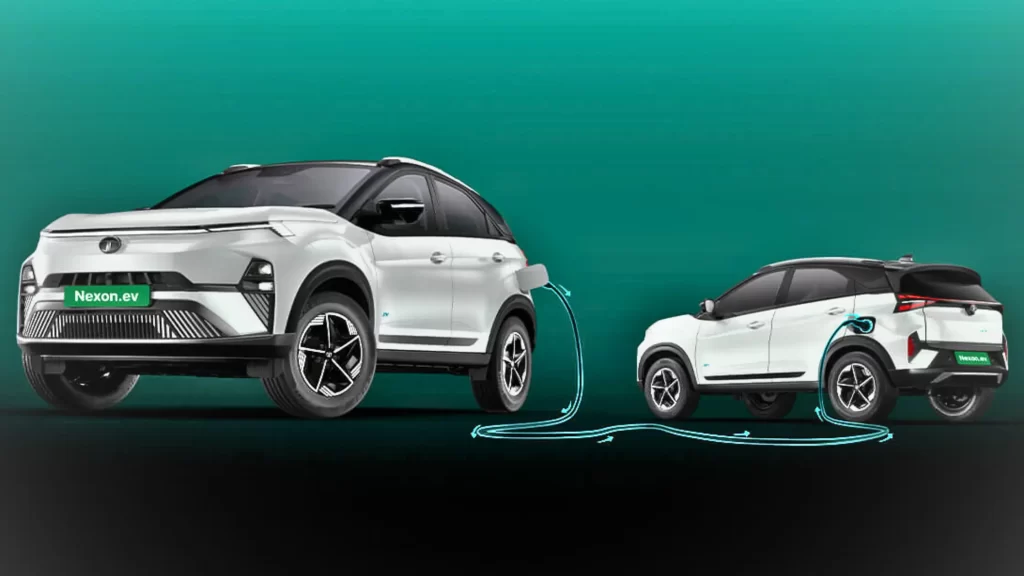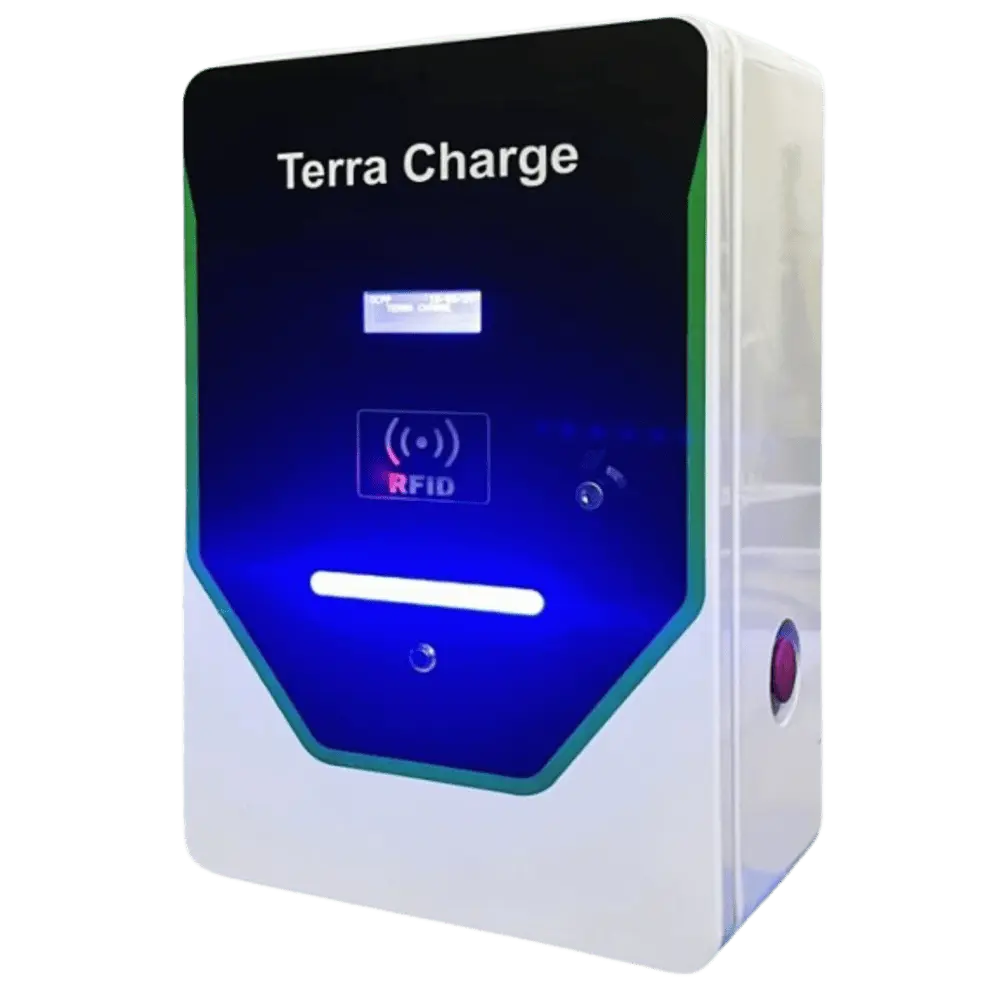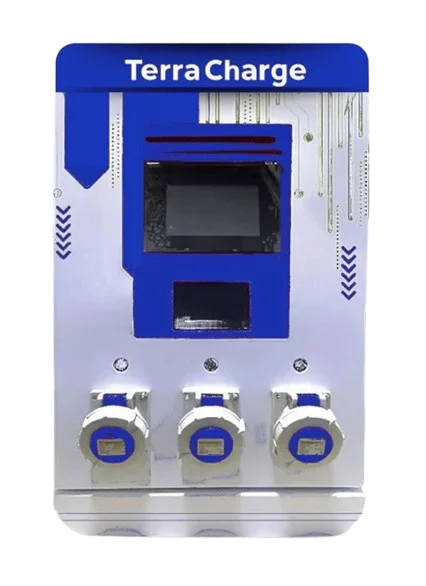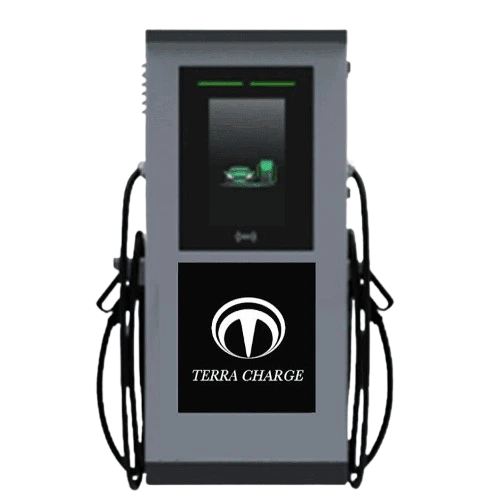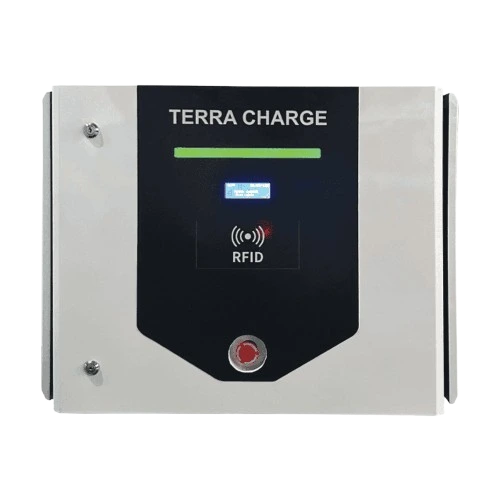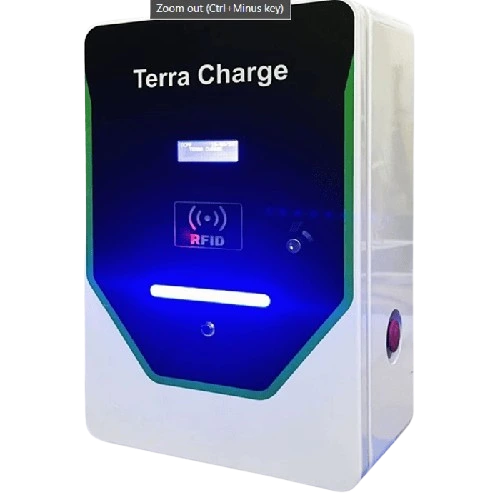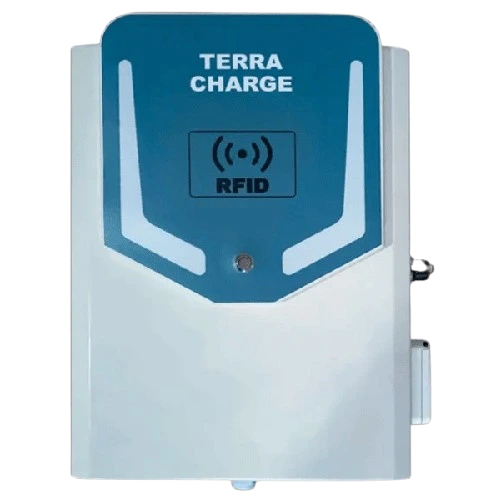Tata Nexon EV’s facelift is in front of everyone. The Nexon.ev is making headlines due to its features, competitive price point, and improved specifications. The new Nexon EV has many features but there’s one that very few people are talking about, “V2V and V2L”. People unaware of its potential are seeing this feature as just another addon and it doesn’t get the attention it deserves.
So, in this blog post, we’re gonna unwrap the hidden potential of V2V and V2L energy transmission and look at how this is going to open various opportunities.
Understanding V2V and V2L:
In simple terms, V2V and V2L make an EV capable of transferring power from one vehicle to another (V2V) and from one vehicle to any load (V2L). Now, if you are thinking, it’s just another feature and I’d have taken hardly any effort to integrate these features into the vehicle, please let me list all the component requirements for this feature.- Communication Modules
- Antennas
- Sensors and Perception Systems
- Data Processing and Control Units
- V2X Software Stack
- Cybersecurity Measures
- Integration with Existing Systems
- Regulatory Compliance
- Testing and Validation
- User Interface (if applicable)
- OTA Update Capability
- Collaboration with Infrastructure Providers
A growing Opportunity:
One of the greatest problems with owning an electric vehicle is its charging time which is possibly can be reduced to merely minutes but isn’t cost-effective and it also harms the battery. The most convenient and profitable way of charging an EV is to either plug it into your home or find an EV charging station near you. But what if you don’t have one? These features free your EV from the charging station boundation.
Along with that here are a few opportunities you can catch on with V2V and the upcoming V2G (Vehicle to grid) features:
- Optimized Charging and Grid Management:
- V2G: Allows EVs to communicate with the grid, enabling them to either draw power from the grid or send excess power back. This can help in balancing the grid during peak demand periods and stabilizing it when renewable energy generation is variable.
- Grid Flexibility and Stability:
- V2G: Offers grid operators a flexible energy resource that can be used to stabilize the grid. This is particularly crucial in India where the grid is sometimes challenged by fluctuations in demand and supply.
- Reduced Strain on Grid Infrastructure:
- V2G: By allowing EVs to feed power back into the grid, it can potentially reduce the need for additional grid infrastructure upgrades, which can be expensive and time-consuming.
- Integration with Renewable Energy Sources:
- V2G: Can help in managing the intermittent nature of renewable energy sources like solar and wind by using EVs as a buffer. When excess energy is produced, it can be stored in EV batteries and released back to the grid when needed.
- Peak Demand Management:
- V2G: EVs can be charged during off-peak hours when electricity is cheaper and then discharge energy back to the grid during peak demand periods, reducing strain on the grid during high-demand times.
- Cost Savings for Consumers:
- V2G: Allows consumers to sell excess energy stored in their EV batteries back to the grid, potentially leading to cost savings or even revenue generation.
- Improved Energy Efficiency:
- V2V: Enables vehicles to communicate with each other, potentially reducing traffic congestion and improving traffic flow. This can lead to more efficient energy use, especially in densely populated areas.
- Enhanced Safety and Traffic Management:
- V2V: Allows vehicles to share information about their speed, location, and direction, which can help prevent accidents and improve traffic management.
- Faster Adoption of Electric Vehicles:
- The integration of V2V and V2G features may encourage more people to adopt electric vehicles, knowing that they can play a role in stabilizing the grid and potentially even earning money from their vehicle’s energy storage capabilities.
- Policy and Regulatory Implications:
- The adoption of V2V and V2G technologies may require the development of specific standards, regulations, and incentives to ensure safe and effective implementation.
However, the widespread adoption of V2V and V2G features will require significant infrastructure development, including the deployment of smart charging stations, grid upgrades, and the development of communication protocols. Additionally, cybersecurity concerns and privacy issues related to vehicle-to-vehicle communication will need to be addressed.


